It's always been sensible to look for ways to save money on our energy bills but as we endure the current cost of living crisis, it has become urgent. With prices everywhere soaring and inflation heading into double figures for the first time since 1981, it's hard to find comfort anywhere.
The lifting of price caps on gas and electricity has been well-publicised. Wholesale prices were already rising in 2021 as a result of demand far out-stripping supply. The regulator Ofgem increased the maximum price utility companies could charge, for fear that the few remaining from a previously large field might go bankrupt. They also gave us a warning of a second increase later in 2022. Shortly afterwards Russia invaded Ukraine and this made the situation considerably worse.
What then can the consumer do? Some of the usual energy-saving tips won't work. Switching suppliers is off the table - there are no better deals to be had. Other tips to save energy such as turning off the heating and economising on cooking can help but at the cost of warmth and well-being. At Coopers of Stortford, we're doing what we can to help by making a range of energy-efficient household devices available at affordable prices. A modest one-off investment could convert into significant long-term savings. If you want to know how to save electricity, gas and money, the following summarises some of the solutions we're offering.
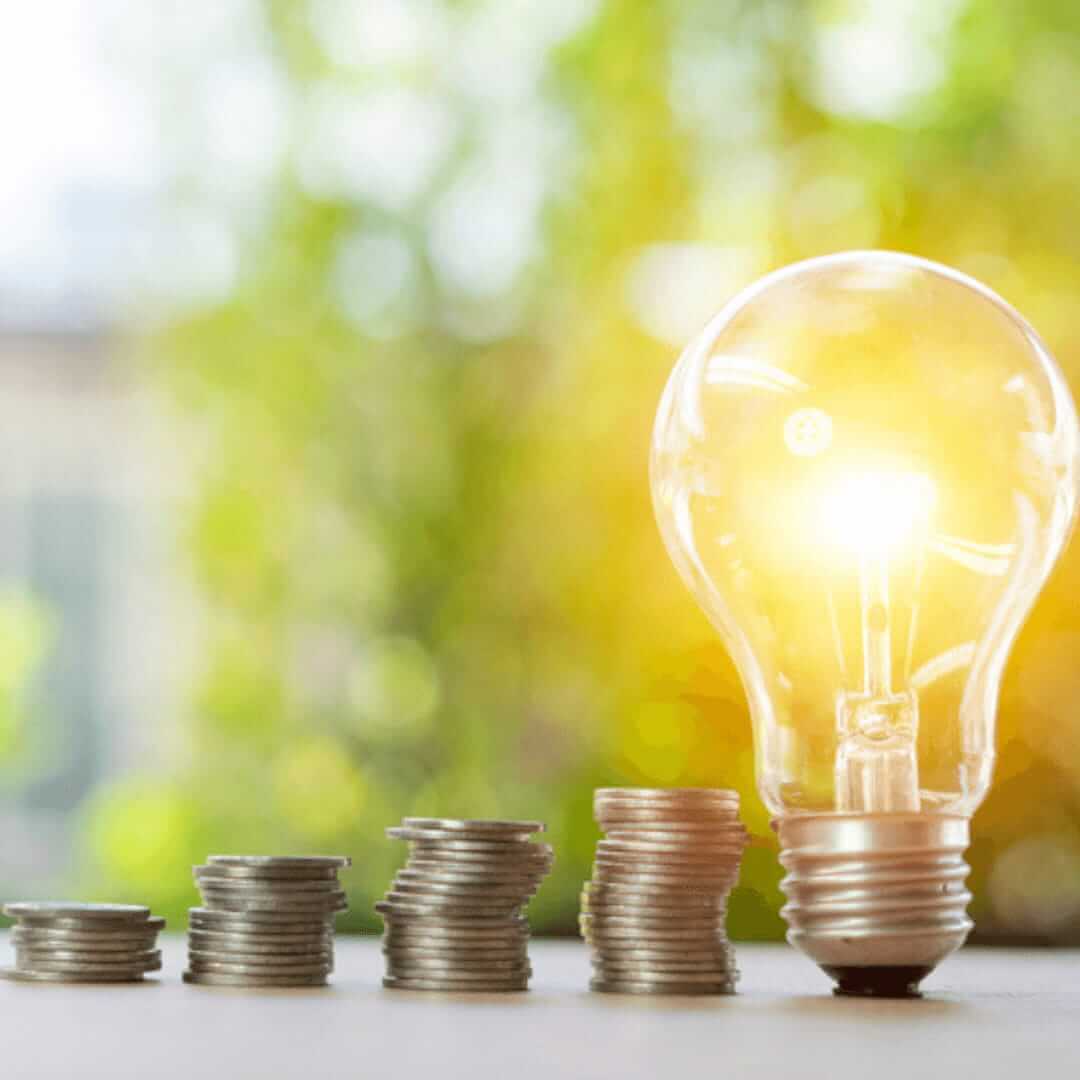
Be Clever in the Kitchen
The average kitchen contains more energy-consuming appliances than any other room in the home. Ovens, hobs, fridges, coffee machines, microwaves, food processors, extractor fans - the list goes on. Much of this activity is unavoidable, but here are a few tips to save energy in this demanding environment.
Don't Overfill the Kettle
Most of us now have meters so the water companies charge us for what we use rather than a flat fee. But although using water wisely is environmentally and financially sound, there is a much more substantial saving to be had by boiling only as much water as you need. By habit, we'll often fill a kettle to its limit even if we're just making a single cup of tea or coffee. Most of the energy used to boil a litre or so of water is pure waste. We're boiling away money. Research suggests proper use of your kettle could save you £11 a year [1].
Why not think about using a glass kettle? This makes it much easier to monitor the water level than relying on the small glass windows of other models. You can instantly see when you're over-filling. We sell the perfect illuminated glass kettle which not only helps you improve your energy efficiency but has an easily washable filter and a 360-degree swivel base to suit both right and left-handers
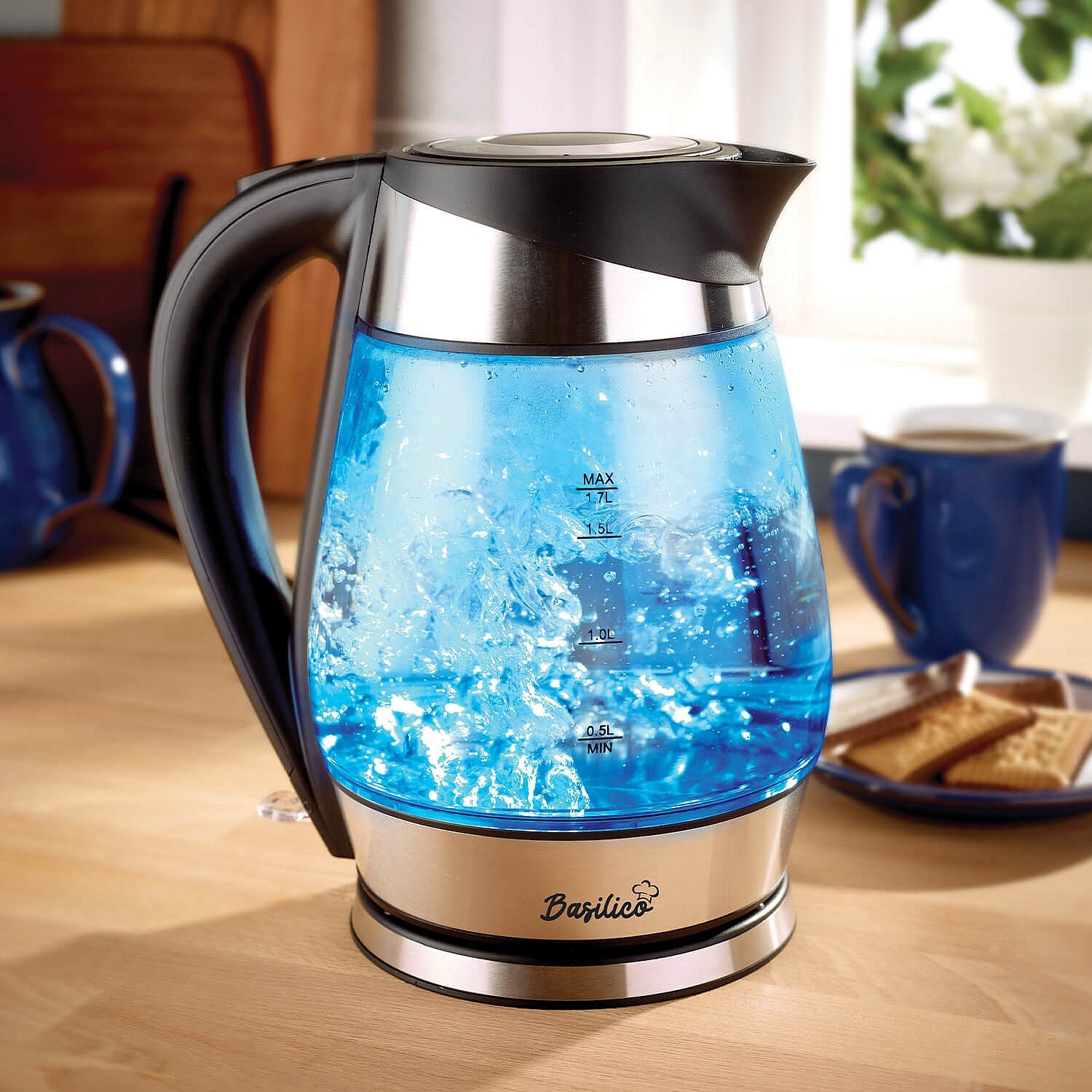

To help deal with water wastage, you can buy an aerator which attaches to the spout of your tap. It has lots of tiny holes which separate the water into streams allowing air to mix with the water, simultaneously increasing the pressure and reducing the amount of water you need. They are cheap, easy to fit, and could save you up to 40 litres a day [2].
Make the Most of Your Heating
Some of the most common energy-saving tips relate to domestic heating. It's easy to be a little bit lazy in regulating this, but is it really necessary to keep every radiator in the house at the same level or operating for the same amount of time? It might seem like a lot of trouble to go around the house turning thermostats up and down at various points of the day, but the alternative is more waste. Since radiators are equipped with the facility to be individually adjusted, you should make use of this. Bedrooms don't need to be heated during the day and in rooms that are used only infrequently you can turn the radiator right down.
We're all so used to the idea and ease of central heating that we sometimes overlook some very practical alternatives, such as our slimline oil-filled radiator. It's small and thin so it can be used in any room without being intrusive, it is highly energy-efficient and its adjustable thermostat makes it easy to maintain the right level of warmth without overdoing it.
In fact, our entire range of heating equipment is varied, versatile and kind to your bank balance. We have ceramic heaters, which heat up incredibly quickly and maintain their heat very efficiently, fan-heaters, patio heaters, radiator reflectors, electric stoves and even skirting board heaters. There are options for virtually every domestic situation.
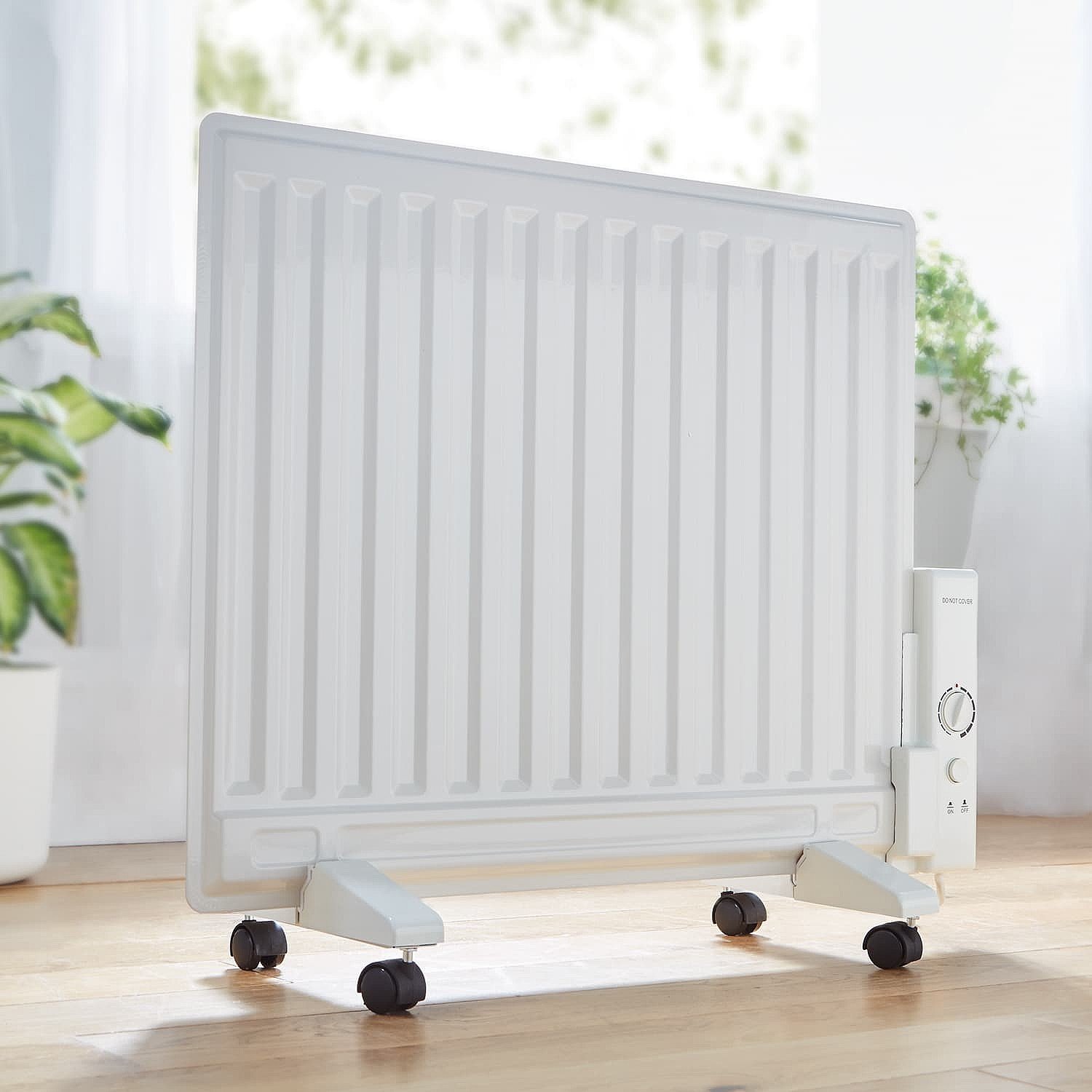

Bleeding Your Radiators
Other tips to save energy in heating your home include the proper maintenance of your radiators. They're not complicated pieces of equipment - all the hard work is done by the boiler. One of the most common causes of poor radiator performance is trapped air. Air bubbles can form inside the system during normal use when new water enters or as a result of routine maintenance. However it may have entered the system, it can seriously compromise the performance of your heating. Bleeding your radiators quickly removes the air, takes only a few moments and can drastically improve the efficiency of your heating. It's a simple, manual job that requires no skills, just the right radiator keys.
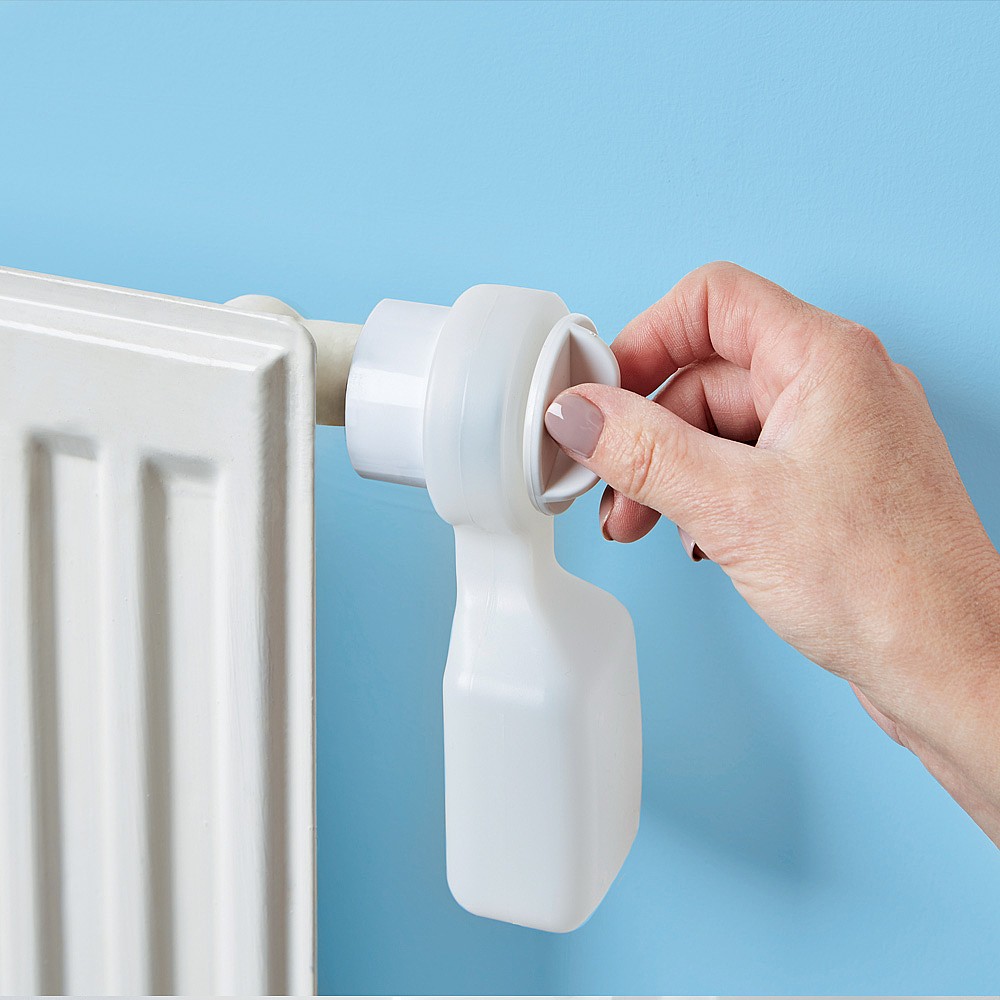

Keep the Heat In and the Cold Out
We all appreciate the importance of insulation and this is a major part of every new build. Older homes can be retrofitted with loft or wall insulation. However, there always seems to be a draught coming from somewhere, whether from a loose-fitting window or underneath a door. If the air that's seeping into the room is particularly cold, this will largely negate the effects of your heating, forcing you to turn it up and therefore spend more money. A very simple solution is to use a draught-proofing kit or a draught excluder. You don't have to use unsightly uPVC barriers when you could buy something as attractive, amusing and effective as our cat draught excluder. Set it along the bottom of the door and kill that draught instantly.
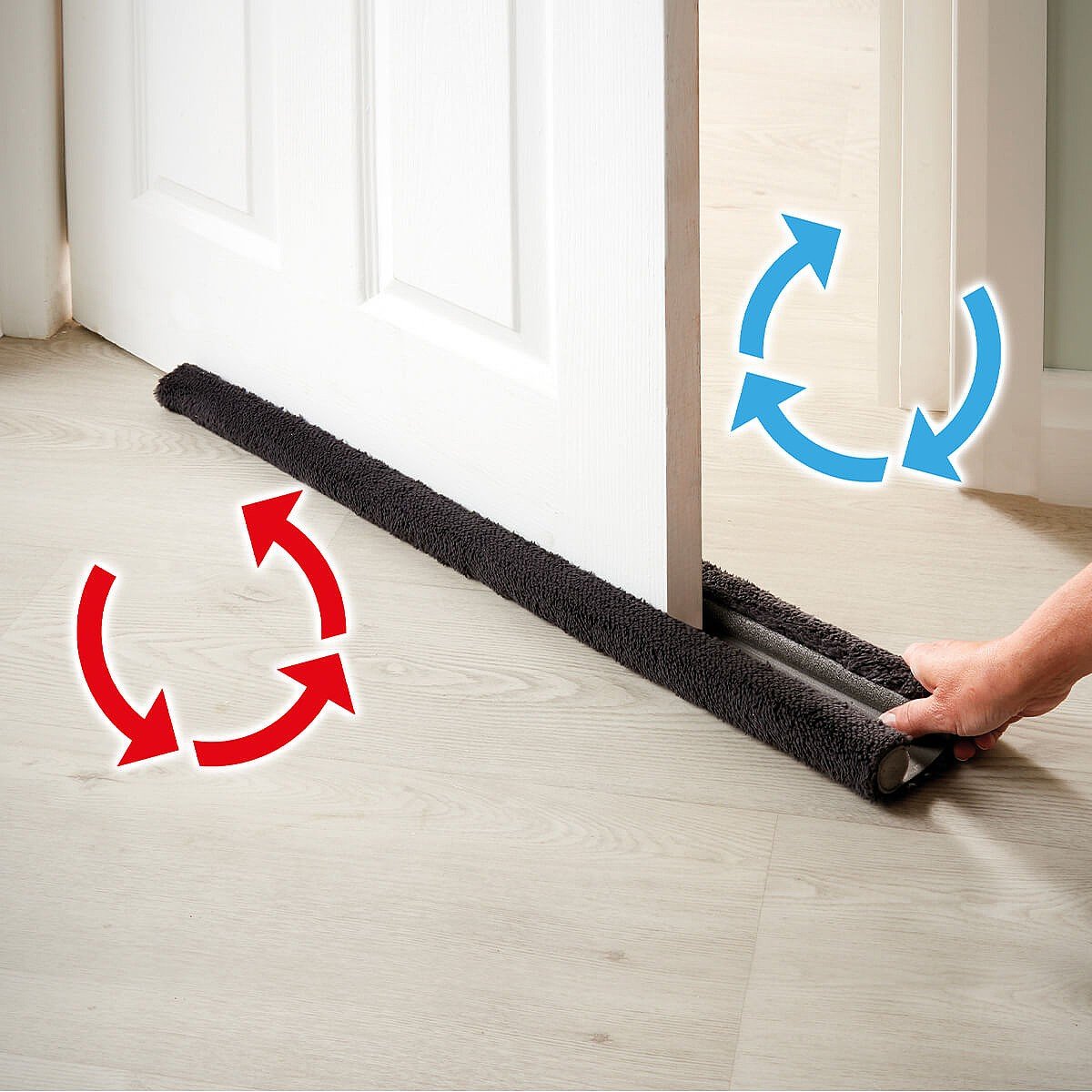

Go Easy on the Laundry
Washing machines consume a lot of energy but they are an absolute necessity. Tumble dryers, on the other hand, could be seen as something of a luxury. In the warm, dry months, if you have access to any outdoor space, then you can hang out your laundry to dry in the sun and the breeze but at the darker, wetter times of the year, this isn't an option. That's when most tumble dryers really see heavy use.
If you think about it for a moment you'll realise that a tumble dryer is simply converting electricity into heat, but even newer models that manage to recycle that heat in the drying process are still simply burning up money. If you really want to know how to save electricity in your laundry then you should think about investing in other more natural drying methods. You can't hang it outdoors, but why not find a place for it indoors? That way you're using the ambient heat of your home at no extra cost. A drying rack like our EZ Breezy Airer is cleverly designed to fit the maximum laundry into a minimal space. It is the equivalent of a 12-metre washing line. It's also fitted with an ingenious mini-motor which moves the warm indoor air around, under and through your washing. It can make pretty short work of 15kg of laundry, whatever the weather.
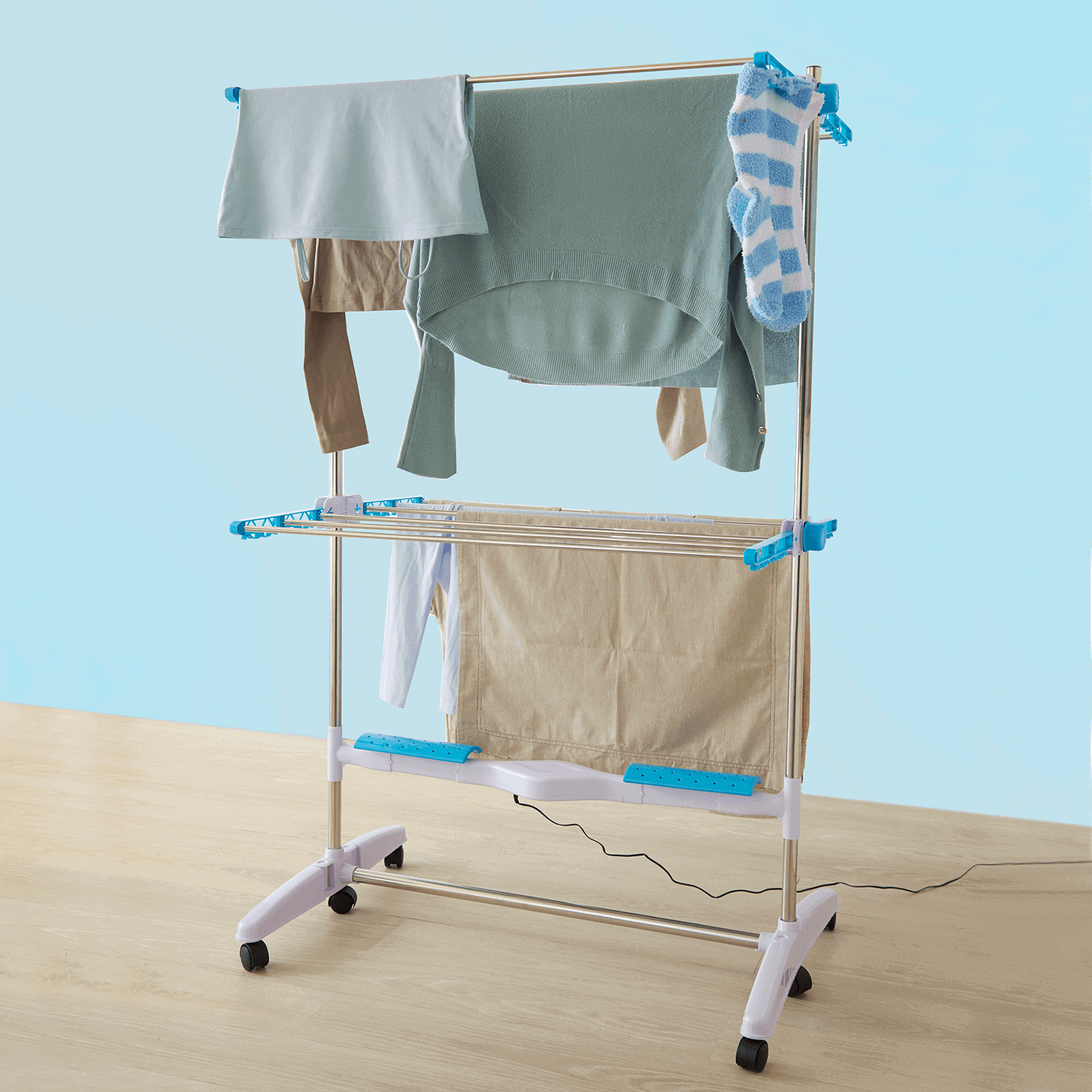

Use Sensible Lighting
No discussion on how to save electricity can ignore the often-baffling complexity of lighting. In the past 20 years, the EU has introduced extremely effective measures to reduce CO2 emissions in domestic and commercial lighting products. The phasing out of conventional incandescent bulbs which began in 2009 was designed to reduce carbon emissions by some 15 million tonnes per year. Halogen bulbs, once promoted as a better alternative to the old incandescent version, were also judged to use significant amounts of energy and underwent a similar phasing out process. Certain types of fluorescent bulbs have also now been banned.
Although the UK withdrew from the EU on 31st January 2020, the effects of the EU's lighting policies had already taken effect and there is no expectation that the government will reverse the ban as the global effort to achieve net-zero accelerates.
This means that a lot of the work on making light bulbs more efficient, as well as cost-effective, has already been done but there are still many actions that domestic customers can take to optimise lighting performance while reducing bills.
Solar Lighting
The technology that powers solar lighting has really evolved in recent years. Many people have already embraced solar lighting in the form of innovative garden lights for garden paths or decorative features. Some come with built-in solar panels whilst others use an external panel connected by a cable, allowing for more flexible siting of the fitting, for example in a shady spot. The advantage of the separate panel is that it can be positioned to capture the sun to maximum effect.
Today's products offer ever more powerful panels and efficient batteries with high capacity and long lifespans. There are now plenty of durable solar lights on the market which have been tested in the wind, rain, hail, sleet, freezing weather and tropical heat. Their uses extend far beyond ornamental and feature lighting. In fact, modern solar-powered lights can be used in a huge number of situations. For example, at Cooper's we sell an extremely popular, reliable and efficient wall light. It is stylish, lightweight, and of course completely wireless so it won't cost you a penny to run. All you need is sunlight to charge the battery. The light is designed to operate all year round with a power-saving mode and an impressive energy storage capacity. Integral sensors mean the light will switch on automatically as the natural outdoor light fades. Its LED bulbs could last for as long as 10 years.
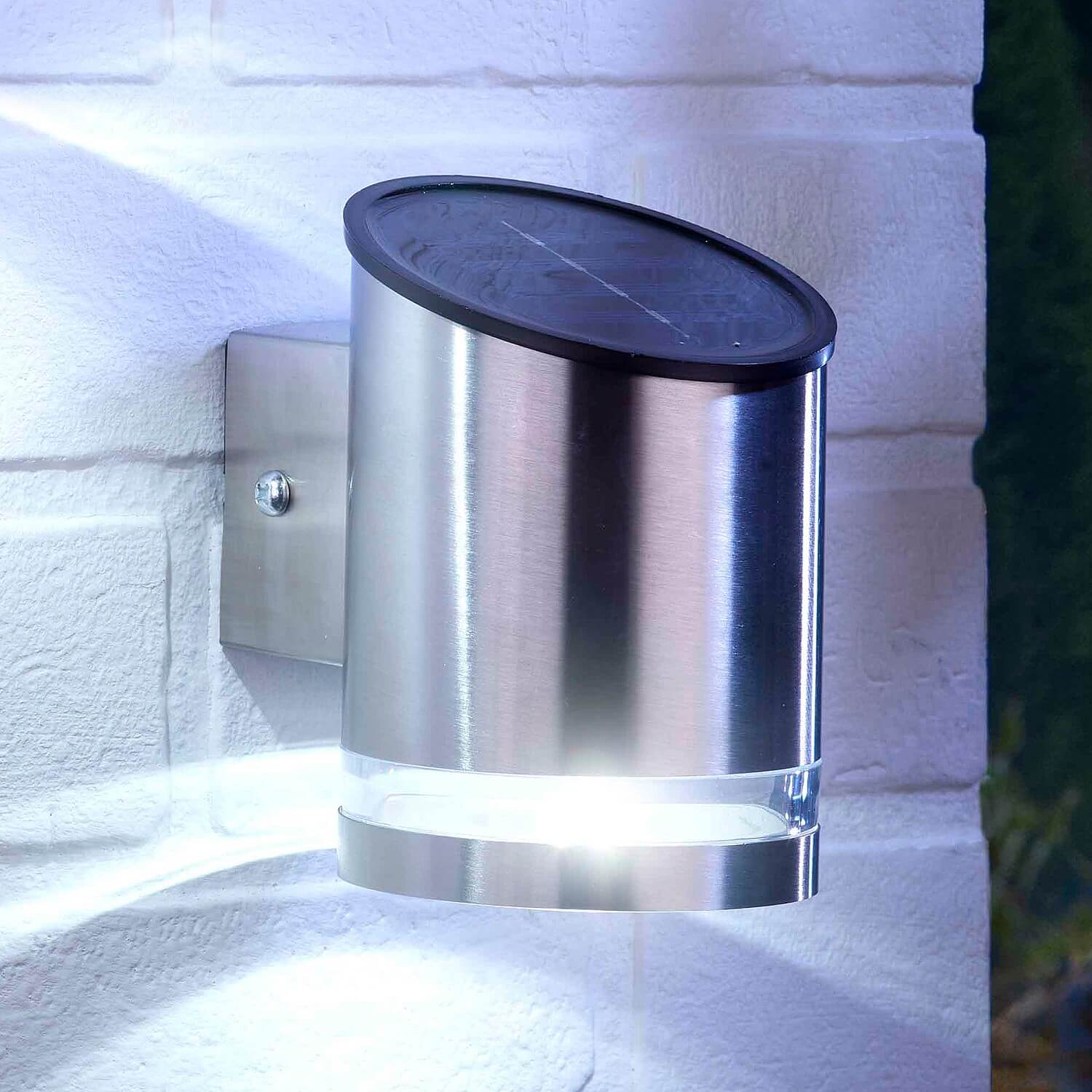

Light-Emitting Diodes (LEDs)
As we've just mentioned these in the context of solar lighting, let's go on to consider the value of using them in mains-powered light-fittings and lamps as well.
LED technology has been around for many decades but only started to move towards mainstream use in the 1980s. In those days, they were largely limited to outdoor use. Although they use only a fraction of the energy that older incandescent and fluorescent bulbs consume, they did not assume importance until the realities of climate change became impossible to ignore. Now LEDs are top of the environmental responsibility list.
Our LED daylight bulb is just one example of how this technology can play a leading role in hitting net-zero targets. It's called 'daylight' because its illumination is equal to what you would expect at midday. It produces a clearer, cleaner light than older bulbs and it will last through years of normal use.
You'll quickly recoup the upfront cost of the bulb and not only because it will be a very long time before you need to replace it. Its running costs represent a huge saving. It uses 85% less energy than incandescent bulbs and 90% less than halogen ones. Available in all four major fitting types and in both standard and candle shapes, these bulbs can be used in any ceiling or wall light and any free-standing lamp.
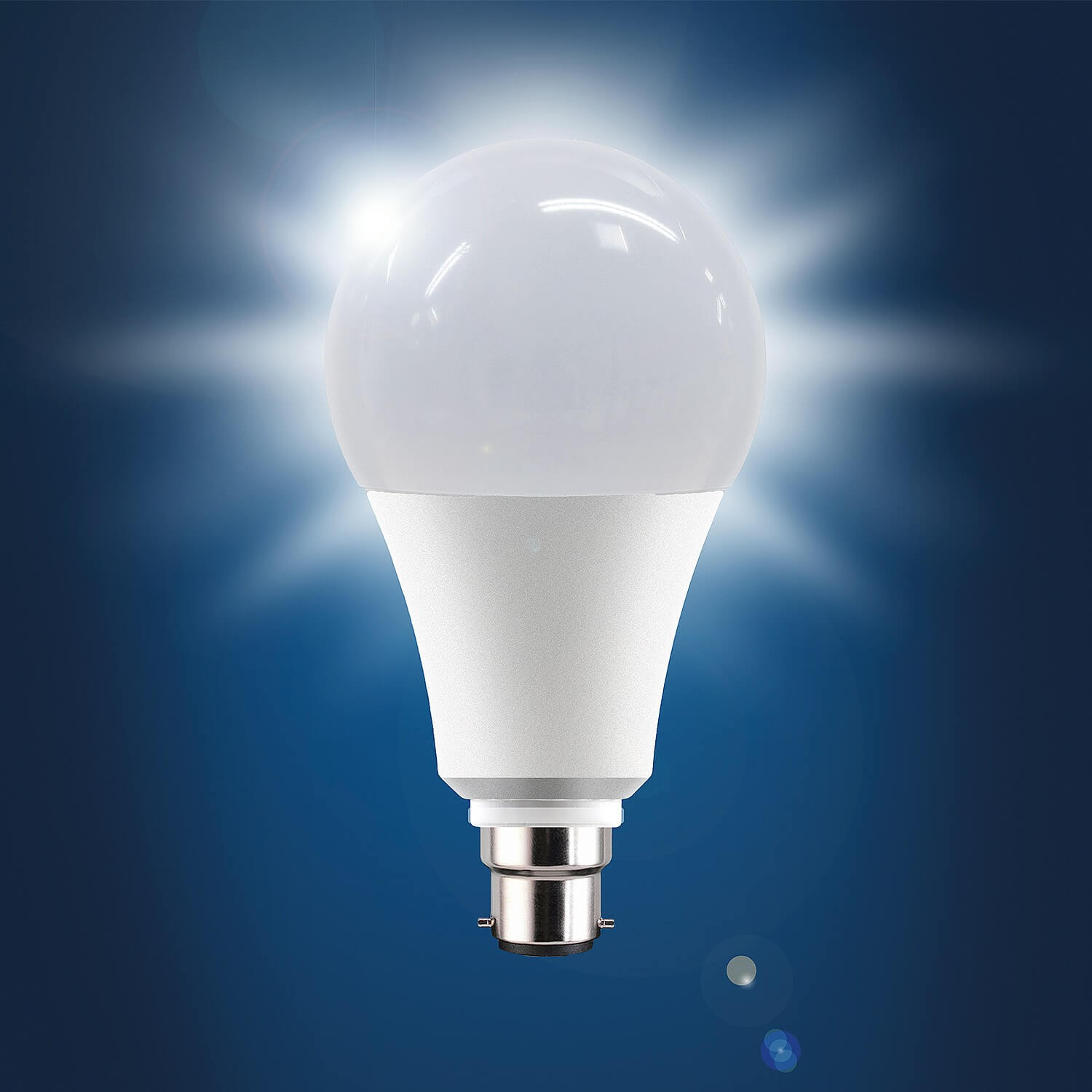

Motion Sensor Lights
Safety and emergency lighting are very important in a lot of homes. The elderly and the very young benefit enormously from the assistance it gives them in moving around a darkened house. Without special provisions, people often rely on leaving a light on in the hall, on the landing or in some part of the house or flat where it is dim enough not to disturb but bright enough to let someone see where they're going. The big problem with that is having to leave the light on all night. Our motion sensor lights are the answer.
They are powered by AA batteries so they can be placed absolutely anywhere - on stairs, in hallways, cupboards, bedrooms, bathrooms, lofts and cellars. They come with adhesive pads to attach to plaster, brick, timber or plastic and with magnets so you can mount them on metal surfaces. They detect motion at a range of 10 feet, switch on and stay on for as long as there is continuous movement. Once they sense stillness for 30 seconds they switch off again. They provide impressive safety at a minimal cost.
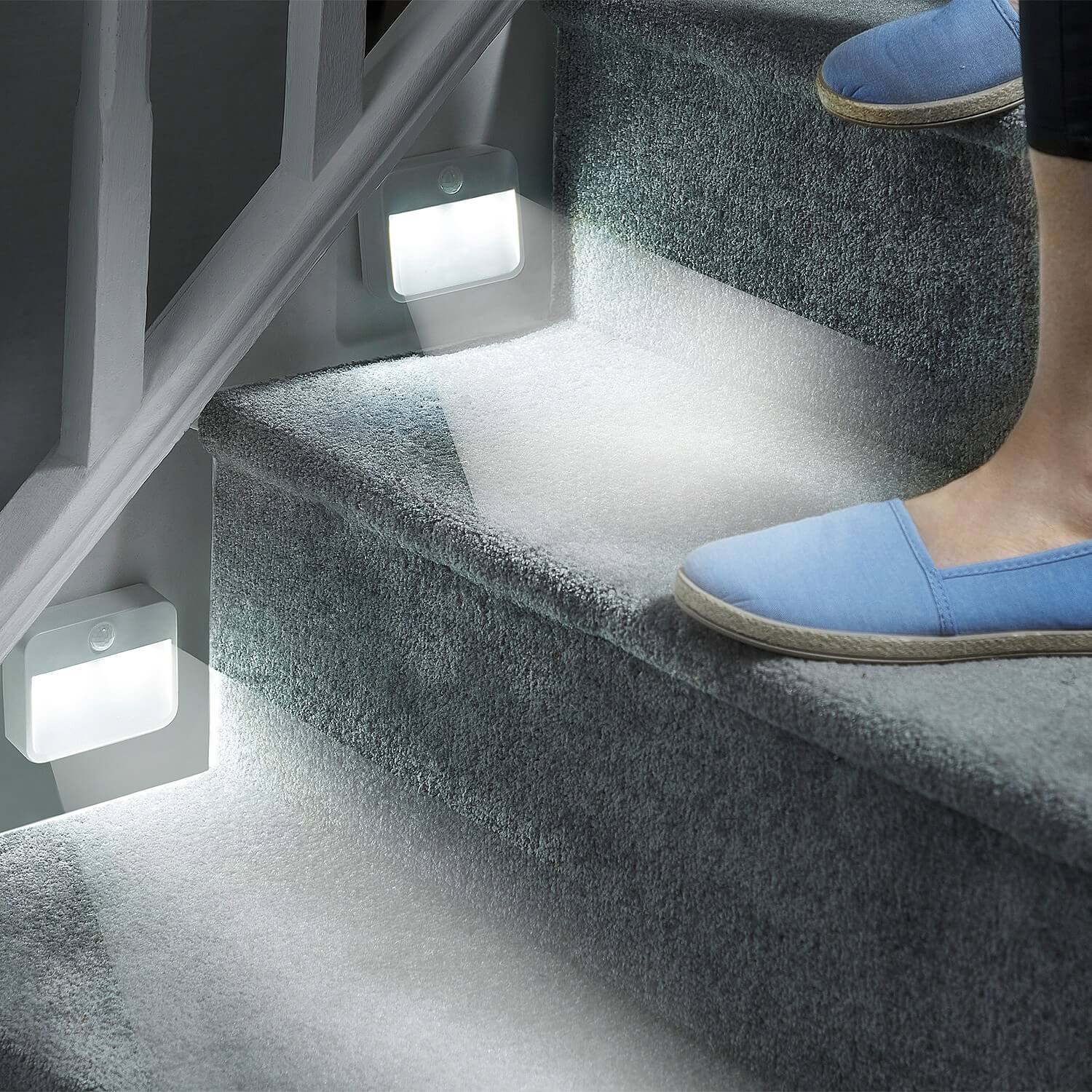

Some energy-saving tips don't require you to buy anything at all: they simply involve changes in habits and behaviour.
Virtually every audio-visual entertainment device and computer have a standby mode. This is intended to avoid having to wait for PCs to reboot and TVs to reset themselves when you switch them on. MoneySuperMarket is full of tips to save energy and has gathered some astonishing figures showing that 55% of people don't turn their routers off even when they're away from home. 24% said that it's too much bother to turn appliances off completely. But this convenience comes at a huge cost. If you seriously want to know how to save electricity, just consider this: about 30% of domestic energy is wasted, largely by leaving equipment in standby mode when it's not in use. This can amount to an extra £429 on annual electricity bills [4].
Too Much Hot Water
With central heating and hot water on timers, it's tempting simply to leave the settings as they are. However, you should make sure that you're not letting your boiler run for several hours more than necessary. It only takes a few hours to build up enough hot water for an entire family's use. If you have it on for 6, 7, 8 or more hours a day you're just wasting money. Think carefully about how you set your timers.
At Coopers of Stortford, we are committed to helping our customers save money, while also making our contribution to the fight against climate change. We want to see a world in which clean energy is also cheap energy. It's in the interests of our pockets and our planet.
Resources:
[1] https://energysavingtrust.org.uk/how-to-save-energy-and-money-if-you-rent-your-home/
[2] https://energysavingtrust.org.uk/top-seven-water-saving-products-to-help-you-cut-water-use/
[3] https://www.birminghammail.co.uk/whats-on/food-drink-news/simple-trick-save-energy-you-23610833
[4] https://blog.loop.homes/the-cost-of-leaving-appliances-in-standby-mode
